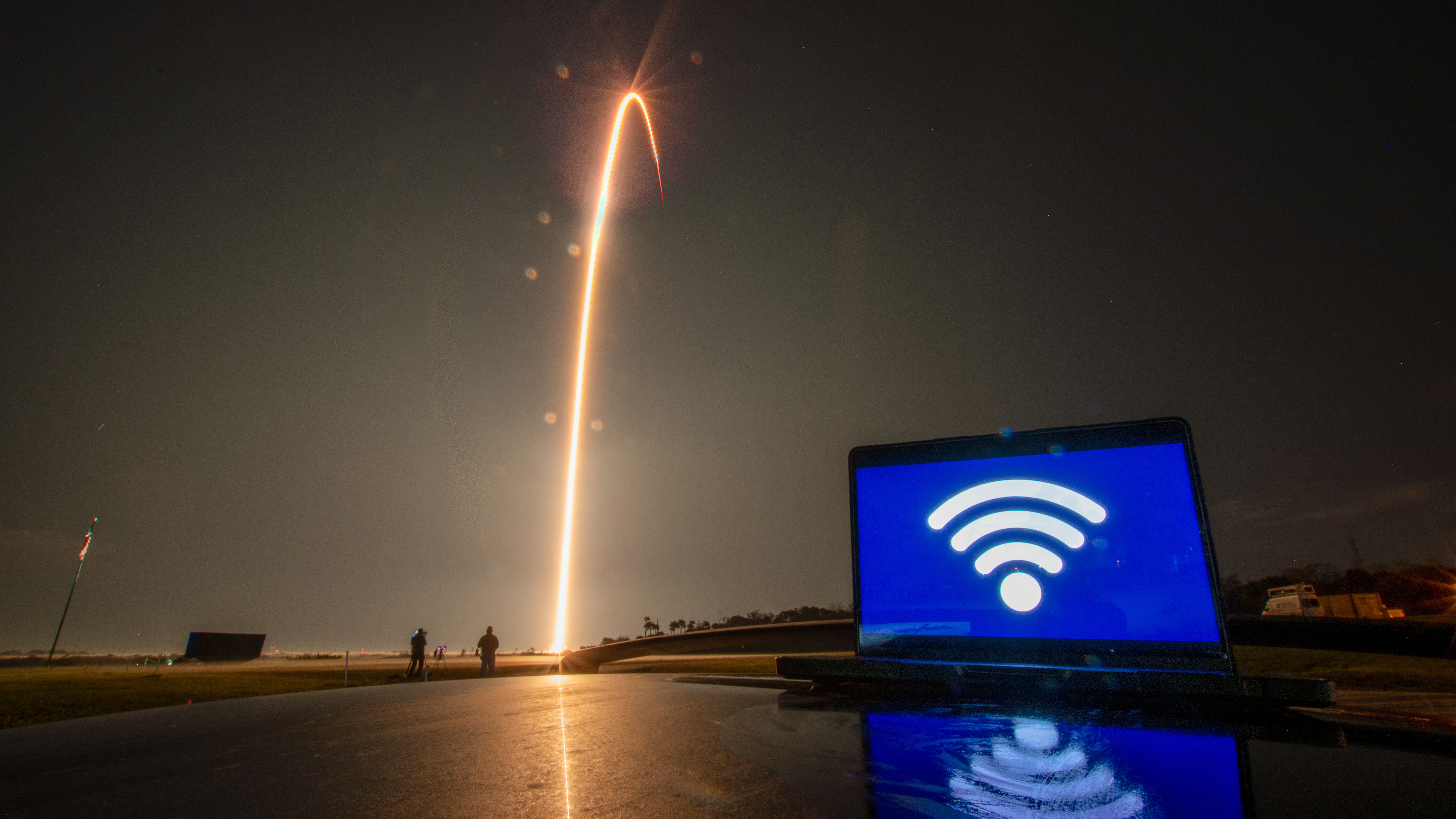Photos from 'The Martian': Space Movie Strands Matt Damon on 'Mars'
”The Martian" Question and Answer Session in California
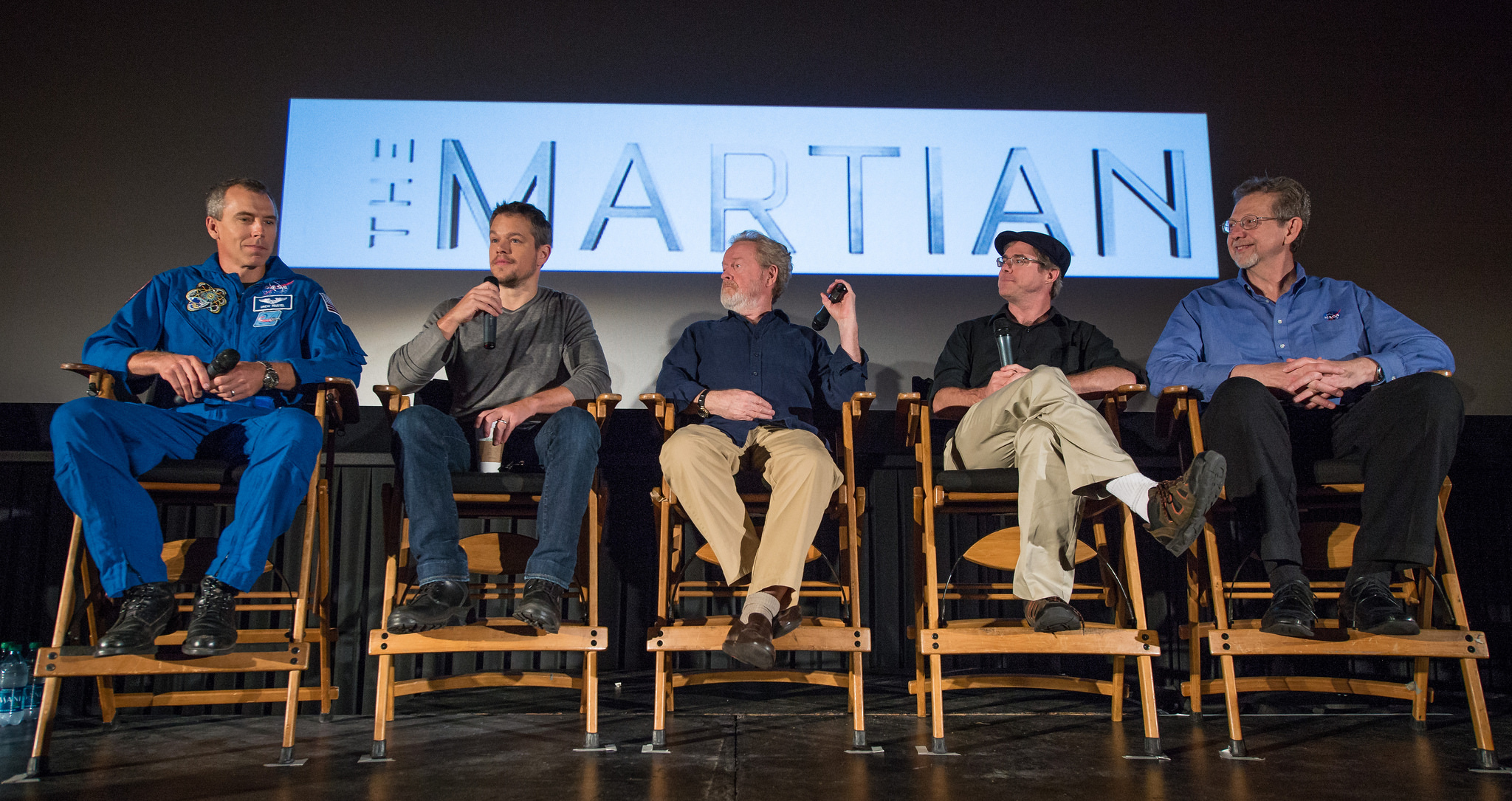
NASA Astronaut Drew Feustel, left, Actor Matt Damon, Director Ridley Scott, Author Andy Weir, and Director of the Planetary Science Division at NASA Headquarters Jim Green, participate in a question and answer session about NASA’s journey to Mars and the film ”The Martian," Tuesday, Aug. 18, 2015, at the United Artist Theater in La Cañada Flintridge, California.
Director of the Planetary Science Division at NASA Headquarters Jim Green
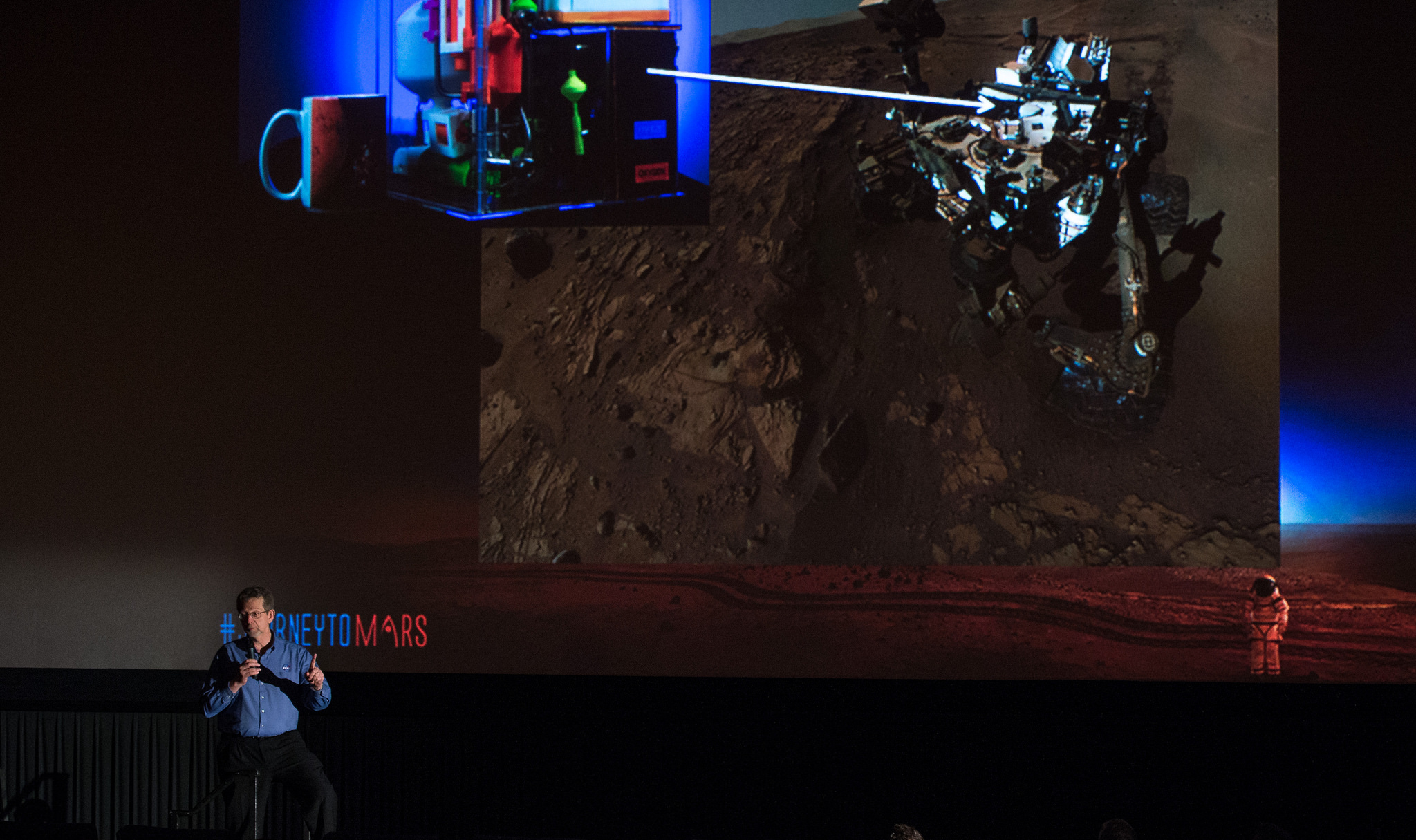
Director of the Planetary Science Division at NASA Headquarters Jim Green talks about NASA’s journey to Mars and the film ”The Martian,” Tuesday, Aug. 18, 2015, at the United Artist Theater in La Cañada Flintridge, California.
Jim Green Speaks at "The Martian" Q & A Session
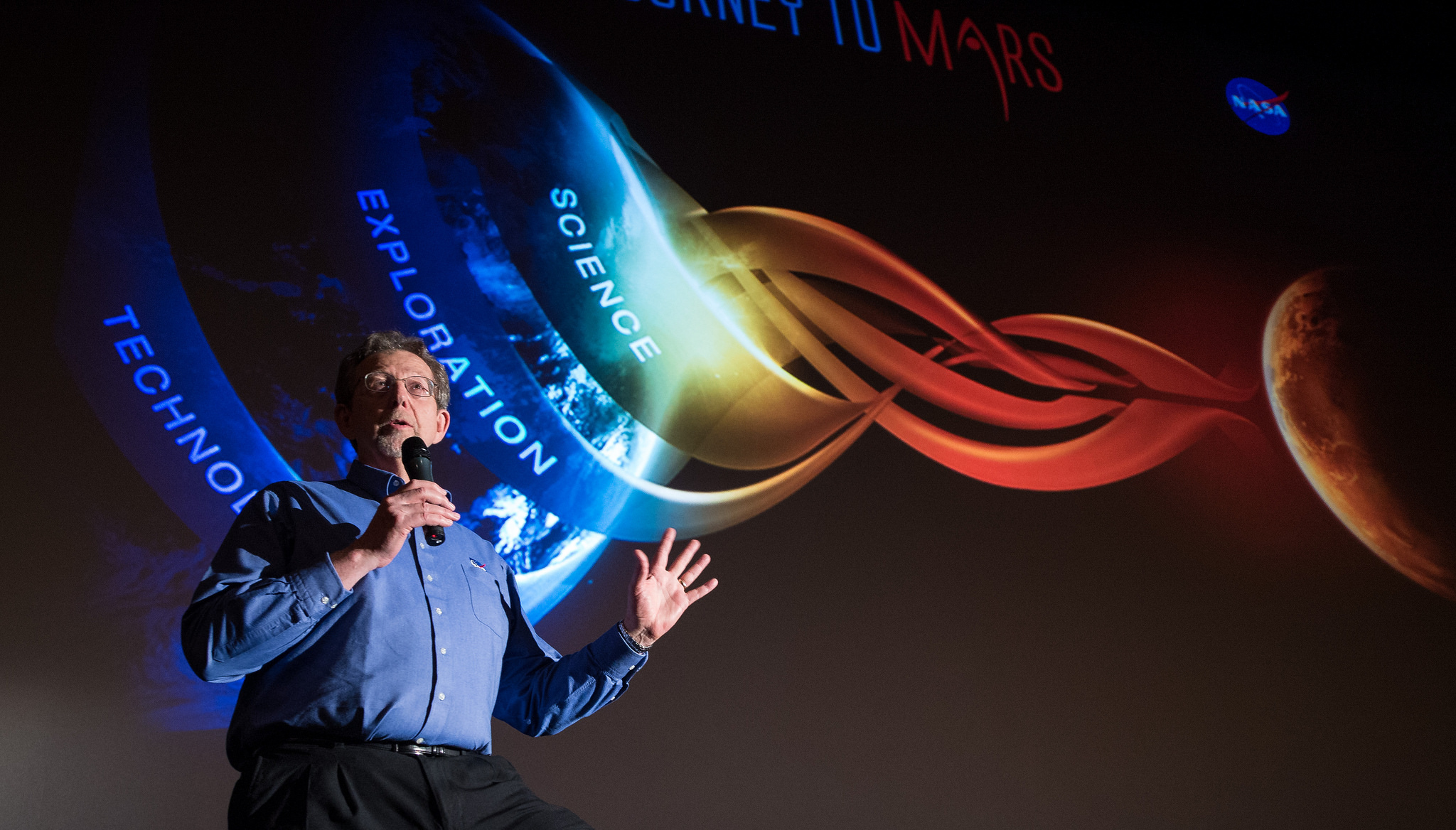
Director of the Planetary Science Division at NASA Headquarters Jim Green talks about NASA’s journey to Mars and the film ”The Martian,” Tuesday, Aug. 18, 2015, at the United Artist Theater in La Cañada Flintridge, California.
Charles Elachi Opens Panel Discussion for "The Martian"
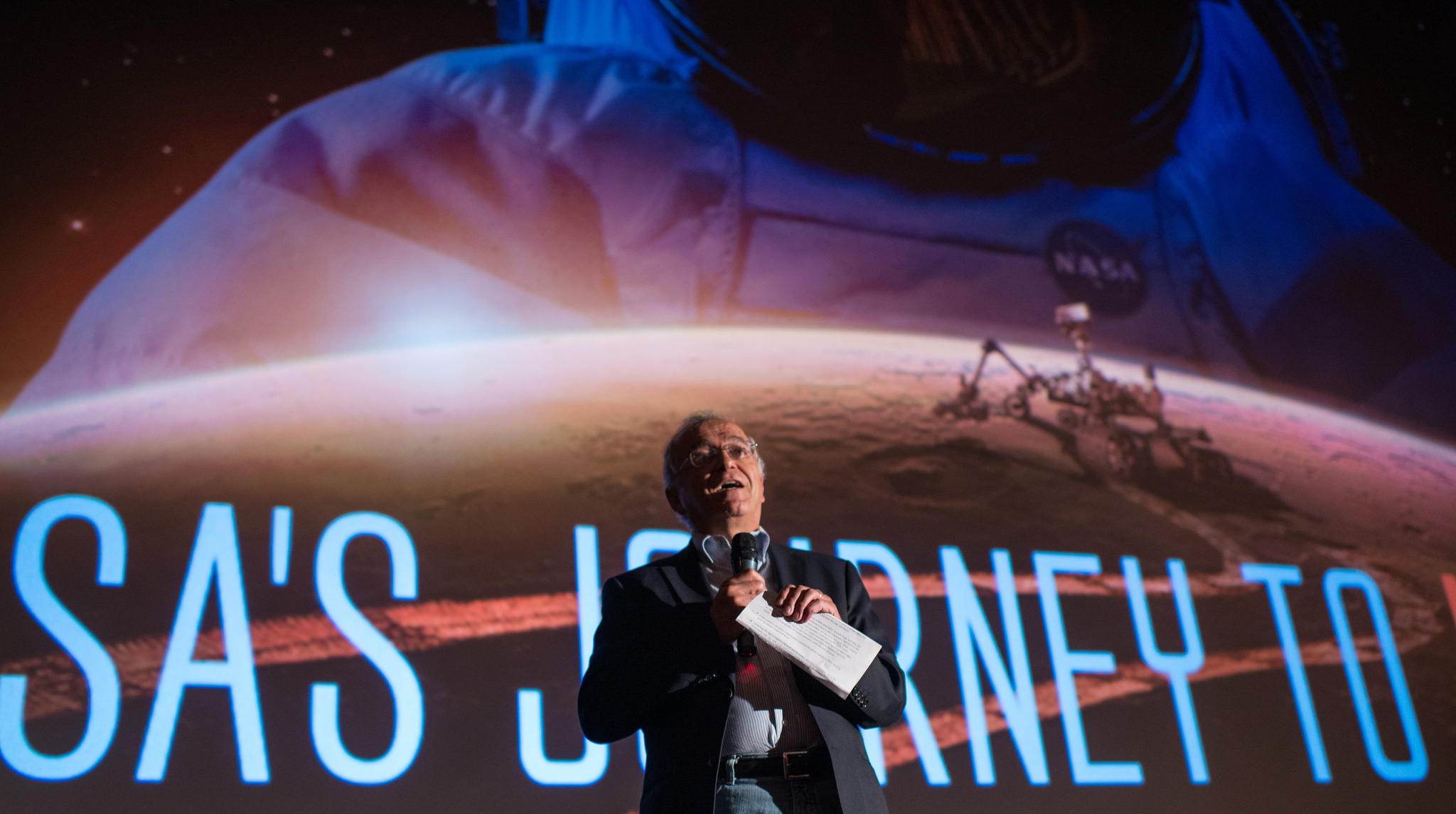
Director of the Jet Propulsion Laboratory Charles Elachi gives opening ahead of a panel discussion of the film “The Martin,” Tuesday, Aug. 18, 2015, at the United Artist Theater in La Cañada Flintridge, California.
Attendees Watch the History of Mars Film
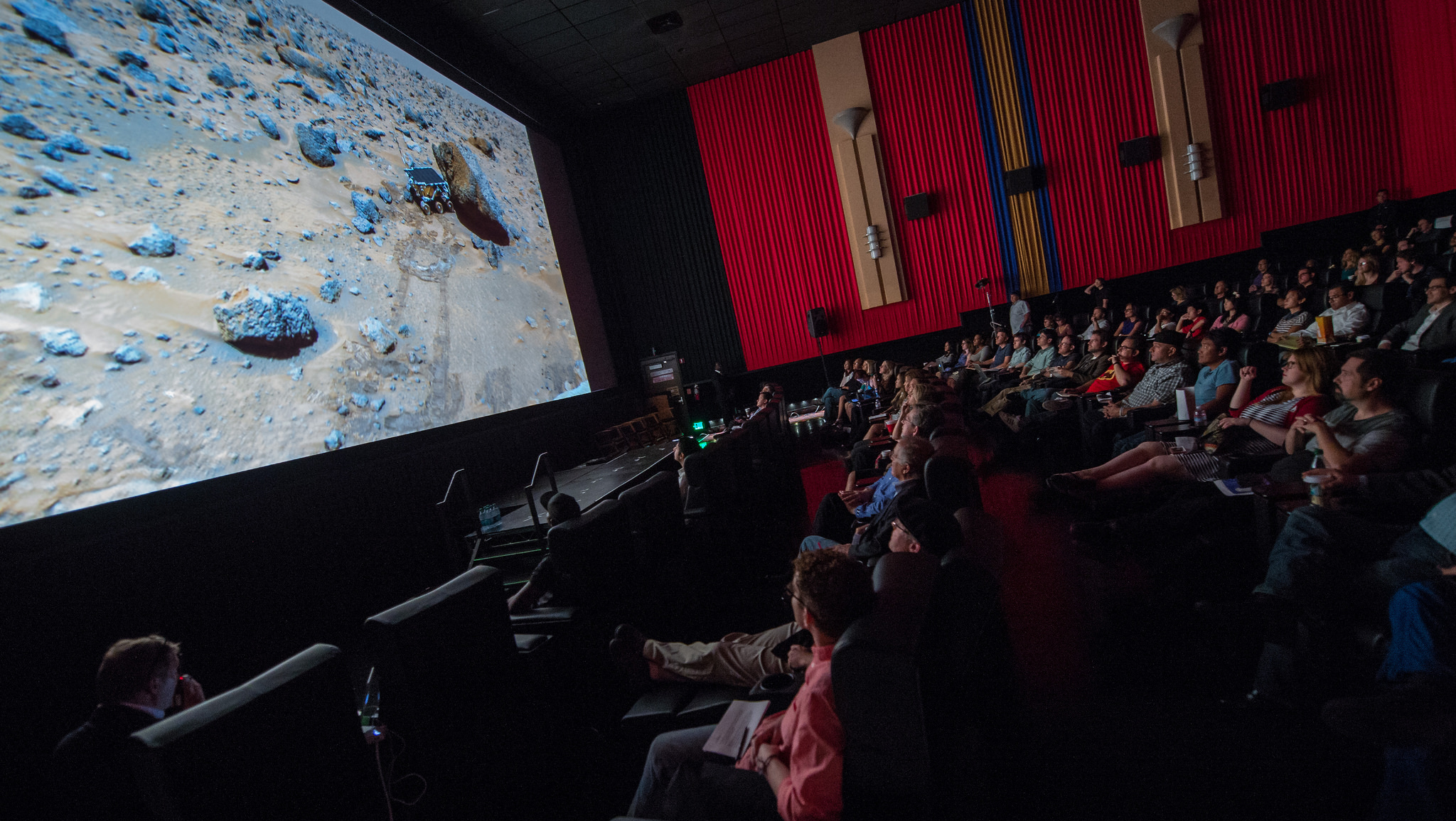
Attendees of a press event view a short NASA film showing the history of Mars exploration prior to a panel discussion about NASA's journey to Mars and the film “The Martian," Tuesday, Aug. 18, 2015, at the United Artist Theater in La Cañada Flintridge, California.
Martian - Magnetic tape recorder
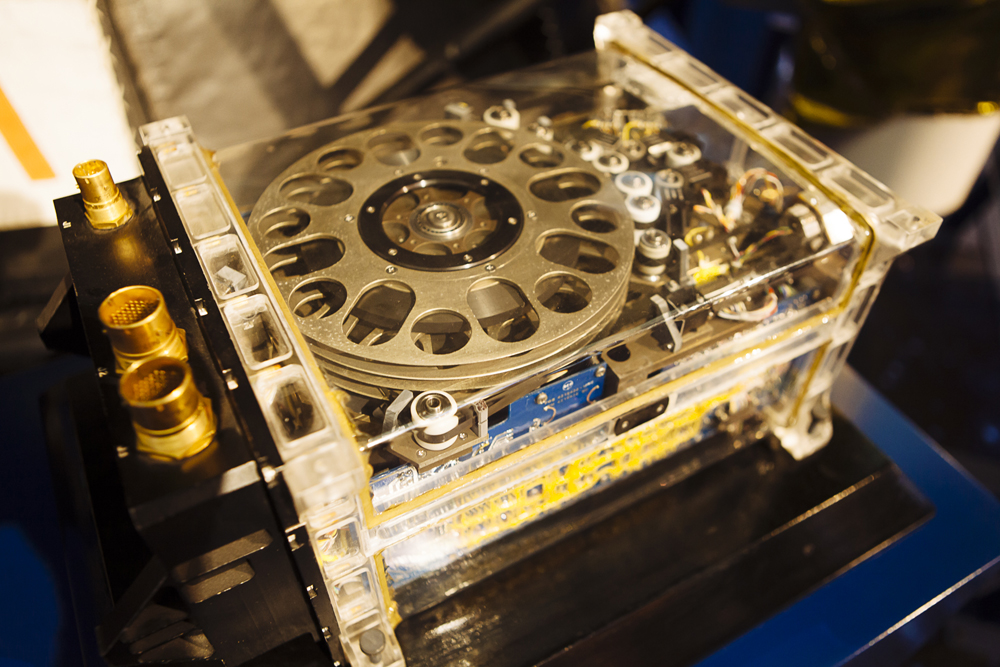
Galileo carried a four-track 114 mb digital magnetic tape recorder to store its data before transmitting it to Earth.
Martian - Galileo
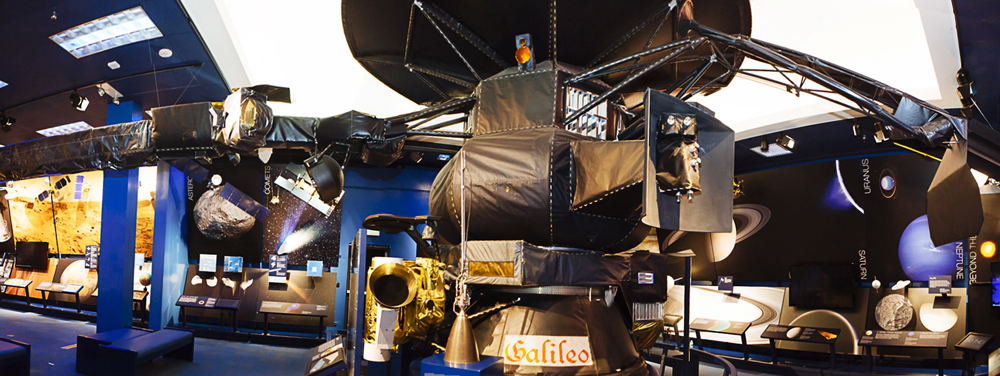
This is a full-scale model of the Galileo spacecraft. It appears here as it looked when it orbited and studied Jupiter. The high-gain antenna was only partly open, which limited Galileo's ability to send high-speed streams of data. Despite this setback, Galileo made many discoveries. It conducted the first asteroid flyby and discovered the first asteroid moon. It was the first spacecraft to orbit Jupiter and launched the first probe into the planet's atmosphere. Sensors to study fields and particles were mounted on the spinning portion of the spacecraft, which spun about three revolutions per minute. Four optical instruments were mounted on the stable, non-spinning portion.
Get the Space.com Newsletter
Breaking space news, the latest updates on rocket launches, skywatching events and more!
Martian - Explorer 1

Explorer 1 was the first satellite successfully launched by the United States on January 31, 1958. The satellite also made the first space science discovery: the radiation belts that surround Earth. The Jet Propulsion Laboratory planned, built and helped launch Explorer 1. The work done on this mission set the state for the creation of the National Aeronautics and Space Administration (NASA).
Martian - SMAP
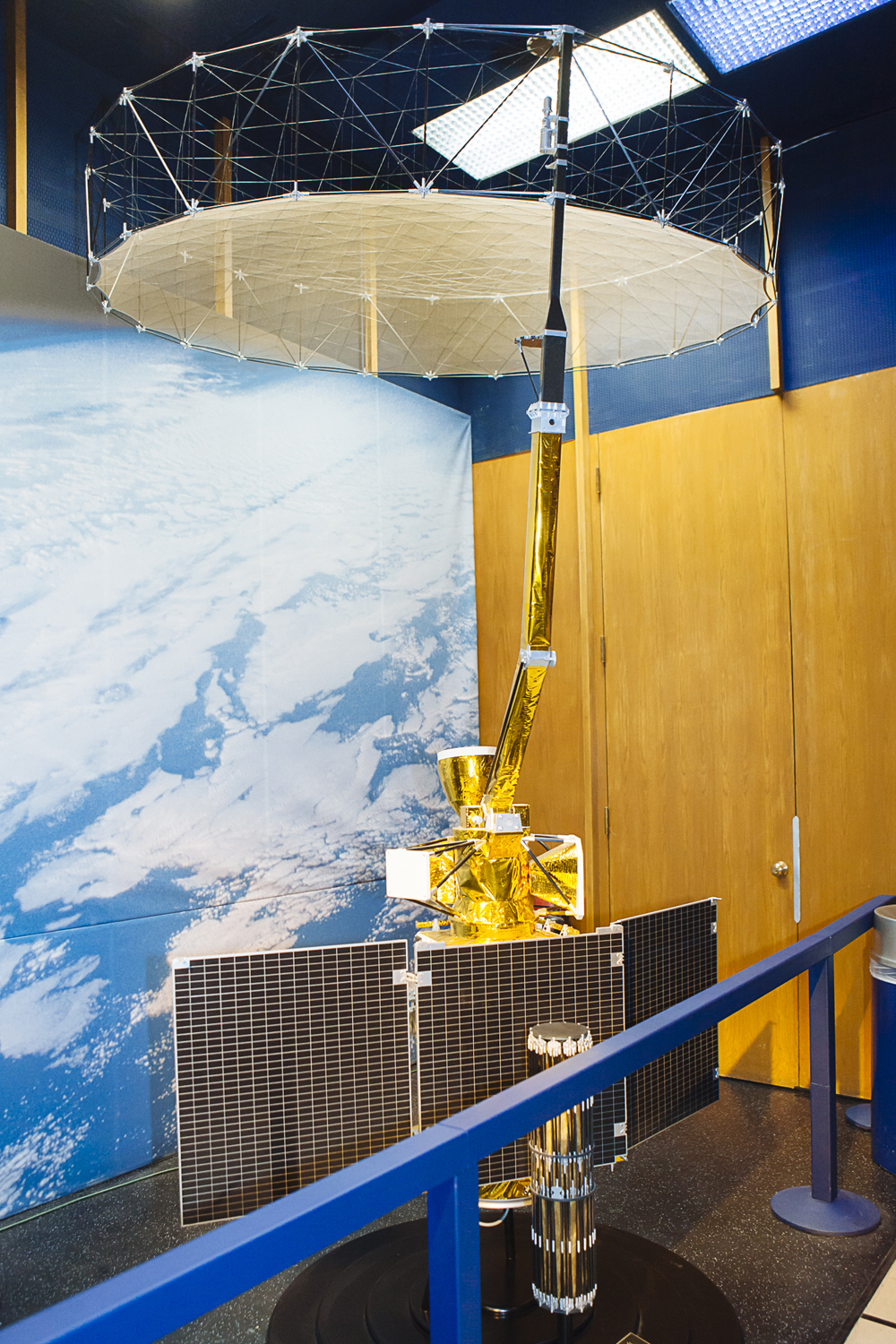
This is a 1/3-scale model of the Soil Moisture Active Passive (SMAP) Observatory. SMAP will globally map soil moisture and landscape freeze/thaw every 2 to 3 days. Measurements will be made by a radar and a radiometer with a 6-meter rotating antenna. The 1,000 kilometer measurement swath allows rapid global coverage.
Martian - Mars recon
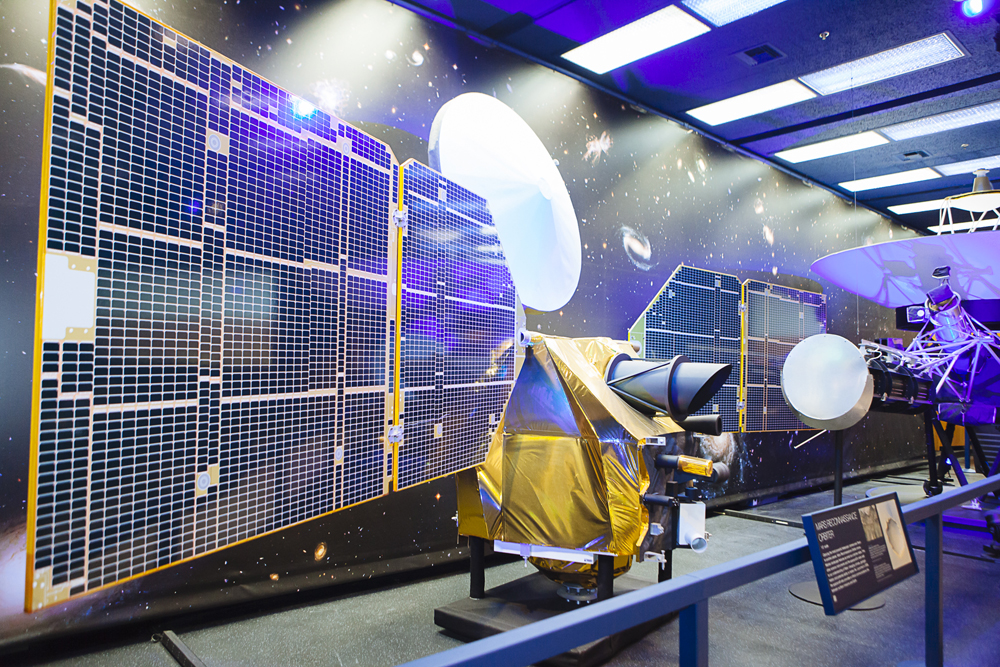
Carrying the most powerful telescopic camera ever flown to another planet, Mars Reconnaissance Orbiter shows Martian landscape features as small as a kitchen table. Five other science instruments and the spacecraft's radio add to our understanding of Mars' changing climate, geologic history and potential ability to harbor life. Launch in 2005, the spacecraft also provides a critical communications link between surface missions and Earth.
Join our Space Forums to keep talking space on the latest missions, night sky and more! And if you have a news tip, correction or comment, let us know at: community@space.com.

Space.com is the premier source of space exploration, innovation and astronomy news, chronicling (and celebrating) humanity's ongoing expansion across the final frontier. Originally founded in 1999, Space.com is, and always has been, the passion of writers and editors who are space fans and also trained journalists. Our current news team consists of Editor-in-Chief Tariq Malik; Editor Hanneke Weitering, Senior Space Writer Mike Wall; Senior Writer Meghan Bartels; Senior Writer Chelsea Gohd, Senior Writer Tereza Pultarova and Staff Writer Alexander Cox, focusing on e-commerce. Senior Producer Steve Spaleta oversees our space videos, with Diana Whitcroft as our Social Media Editor.
